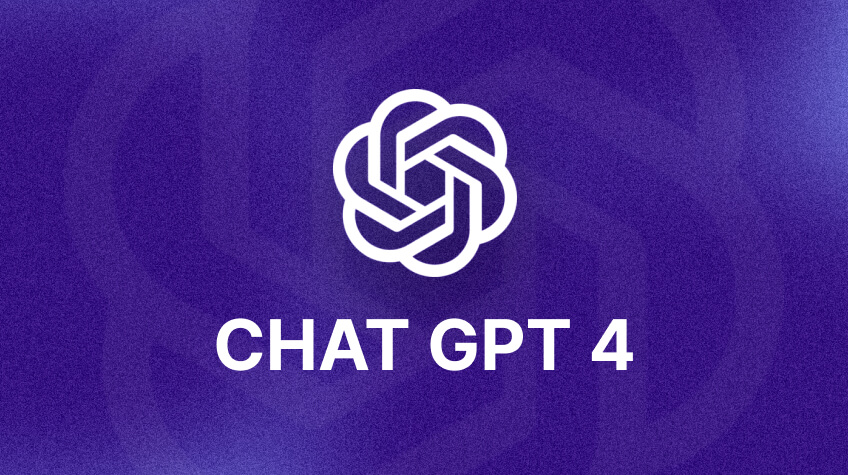
图优化是一种用于解决大规模非线性优化问题的技术。在图优化中,问题被建模成一个图,节点表示优化变量,边表示变量之间的约束关系。图优化的目标是找到最优的节点值,使得图中所有边的约束都被满足。g2o是一个开源的图优化库,它提供了一种简单而高效的方式来解决图优化问题。
g2o库的设计目标是提供一个通用且高性能的图优化框架。它被广泛应用于各种计算机视觉和机器人感知问题中,例如相机姿态估计、建图和路径规划等。g2o的设计理念是将问题建模为一个稀疏矩阵,利用优化算法来求解最优的节点值。g2o支持多种优化算法,包括高斯牛顿法、Levenberg-Marquardt法和增量式随机梯度下降法等。
使用g2o进行图优化通常包括以下几个步骤:
1. 定义变量和边:首先,需要定义优化变量和约束边的类型。根据具体的问题,可以使用不同的变量和边类型。例如,在相机姿态估计问题中,可以使用四元数表示相机的旋转,使用三维向量表示相机的平移。而约束边可以表示两个相机之间的匹配点,或者相机与地图点之间的投影关系等。
2. 构建优化图:使用g2o提供的API,将优化变量和约束边添加到优化图中。可以指定变量的初始值,以便优化算法从合适的起点开始搜索。在构建优化图时,需要指定每个约束边的信息矩阵,该矩阵描述了边的测量噪声和可靠性。
3. 选择优化算法:g2o支持多种优化算法,可以根据具体的问题选择适当的算法。例如,在稀疏问题中,高斯牛顿法和Levenberg-Marquardt法通常具有良好的收敛性能。而对于大规模问题,可以使用增量式随机梯度下降法等。
4. 运行优化:调用g2o提供的优化函数,开始运行图优化算法。在运行过程中,优化算法将迭代地更新变量的值,直到达到收敛条件。可以通过设置迭代次数或收敛门槛来控制优化的停止条件。
5. 获取优化结果:优化结束后,可以通过遍历优化图的节点,获取最优的变量值。这些变量值可以用于求解具体的问题,例如计算相机的位姿或地图点的位置。
除了基本的优化函数,g2o还提供了一些辅助函数和可视化工具,以简化图优化的过程。例如,可以使用g2o提供的辅助函数来计算误差函数、求解线性系统和添加约束等。此外,g2o还支持将优化图保存为文件,并提供了一些可视化工具来查看优化结果和图的结构。
下面是一个使用g2o进行相机姿态估计的示例:
```cpp
#include "g2o/core/base_vertex.h"
#include "g2o/core/base_binary_edge.h"
#include "g2o/core/optimization_algorithm_levenberg.h"
#include "g2o/solvers/dense/linear_solver_dense.h"
#include "g2o/types/sba/types_six_dof_expmap.h"
typedef g2o::BlockSolver typedef g2o::LinearSolverDense struct Point3D { Eigen::Vector3d position; }; struct CameraPose { Eigen::Quaterniond rotation; Eigen::Vector3d translation; }; class VertexPose : public g2o::BaseVertex<6, CameraPose> { public: EIGEN_MAKE_ALIGNED_OPERATOR_NEW virtual void setToOriginImpl() override { _estimate.rotation.setIdentity(); _estimate.translation.setZero(); } virtual void oplusImpl(const double* update) override { Eigen::Vector3d update_translation(update[0], update[1], update[2]); Eigen::Quaterniond update_rotation; update_rotation.vec() << update[3], update[4], update[5]; update_rotation.w() = std::sqrt(1.0 - update_rotation.vec().squaredNorm()); _estimate.translation += update_translation; _estimate.rotation = update_rotation * _estimate.rotation; } virtual bool read(std::istream& is) override { Eigen::Quaterniond q; Eigen::Vector3d t; is >> t.x() >> t.y() >> t.z() >> q.x() >> q.y() >> q.z() >> q.w(); _estimate.rotation = q.normalized(); _estimate.translation = t; return true; } virtual bool write(std::ostream& os) const override { Eigen::Quaterniond q = _estimate.rotation.normalized(); Eigen::Vector3d t = _estimate.translation; os << t.x() << " " << t.y() << " " << t.z() << " " << q.x() << " " << q.y() << " " << q.z() << " " << q.w(); return os.good(); } }; class EdgeProjection : public g2o::BaseBinaryEdge<2, Eigen::Vector2d, VertexPose, g2o::VertexSBAPointXYZ> { public: EIGEN_MAKE_ALIGNED_OPERATOR_NEW virtual void computeError() override { const VertexPose* pose = static_cast const g2o::VertexSBAPointXYZ* point = static_cast Eigen::Quaterniond Q = pose->estimate().rotation; Eigen::Vector3d t = pose->estimate().translation; Eigen::Vector3d x_world = point->estimate(); Eigen::Vector3d x_camera = Q.inverse() * (x_world - t); Eigen::Vector2d x_pixel(x_camera.x() / x_camera.z(), x_camera.y() / x_camera.z()); _error = x_pixel - _measurement; } virtual void linearizeOplus() override { const VertexPose* pose = static_cast const g2o::VertexSBAPointXYZ* point = static_cast Eigen::Quaterniond Q = pose->estimate().rotation; Eigen::Vector3d t = pose->estimate().translation; Eigen::Vector3d x_world = point->estimate(); Eigen::Vector3d x_camera = Q.inverse() * (x_world - t); double z_inv = 1.0 / x_camera.z(); double z_inv_2 = z_inv * z_inv; _jacobianOplusXi.block<2, 3>(0, 0) = -Eigen::Matrix _jacobianOplusXi.block<2, 3>(0, 3) = Eigen::Matrix _jacobianOplusXj = Eigen::Matrix _jacobianOplusXj.block<2, 3>(0, 0) = -_jacobianOplusXi.block<2, 3>(0, 0); } }; int main() { g2o::SparseOptimizer optimizer; SlamLinearSolver* linear_solver = new SlamLinearSolver(); SlamBlockSolver* block_solver = new SlamBlockSolver(linear_solver); g2o::OptimizationAlgorithmLevenberg* solver = new g2o::OptimizationAlgorithmLevenberg(block_solver); optimizer.setAlgorithm(solver); // Add pose vertices for (int i = 0; i < num_poses; ++i) { VertexPose* vertex = new VertexPose(); vertex->setId(i); vertex->setEstimate(CameraPose()); optimizer.addVertex(vertex); } // Add point vertices for (int i = 0; i < num_points; ++i) { g2o::VertexSBAPointXYZ* vertex = new g2o::VertexSBAPointXYZ(); vertex->setId(num_poses + i); vertex->setEstimate(Point3D()); vertex->setMarginalized(true); // Marginalize the points optimizer.addVertex(vertex); } // Add edges for (const auto& observation : observations) { EdgeProjection* edge = new EdgeProjection(); edge->setVertex(0, optimizer.vertex(observation.pose_id)); edge->setVertex(1, optimizer.vertex(num_poses + observation.point_id)); edge->setMeasurement(observation.position); edge->setInformation(Eigen::Matrix2d::Identity()); optimizer.addEdge(edge); } // Optimize optimizer.initializeOptimization(); optimizer.optimize(num_iterations); // Get optimized poses std::vector for (int i = 0; i < num_poses; ++i) { VertexPose* pose = static_cast optimized_poses.push_back(pose->estimate()); } return 0; } ``` 在上面的示例中,我们首先定义了优化变量的类型以及边的类型。然后通过添加顶点和边,构建了优化图。接下来,选择了基于Levenberg-Marquardt法的优化算法,并运行了优化。最后,我们遍历优化图的顶点,获取了最优的相机位姿。这个示例展示了如何使用g2o进行相机姿态估计的图优化。 总结起来,g2o提供了一个灵活和高效的图优化框架,可以用于解决各种复杂的非线性优化问题。通过定义变量和边,构建优化图,选择优化算法并运行优化,我们可以获取最优的节点值。g2o的设计和实现使得图优化变得更加容易,并且可以在计算机视觉和机器人感知领域得到广泛应用。 壹涵网络我们是一家专注于网站建设、企业营销、网站关键词排名、AI内容生成、新媒体营销和短视频营销等业务的公司。我们拥有一支优秀的团队,专门致力于为客户提供优质的服务。 我们致力于为客户提供一站式的互联网营销服务,帮助客户在激烈的市场竞争中获得更大的优势和发展机会!




发表评论 取消回复